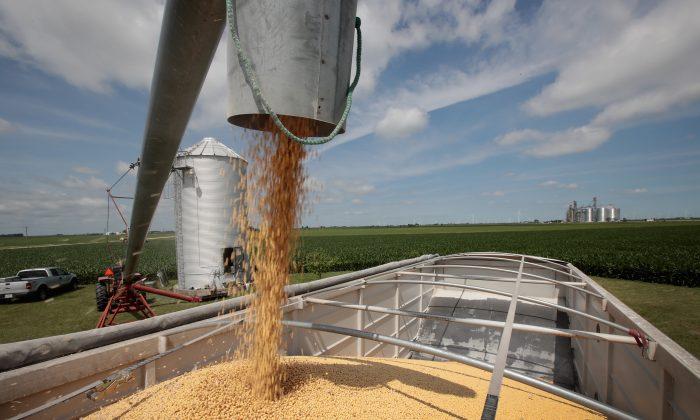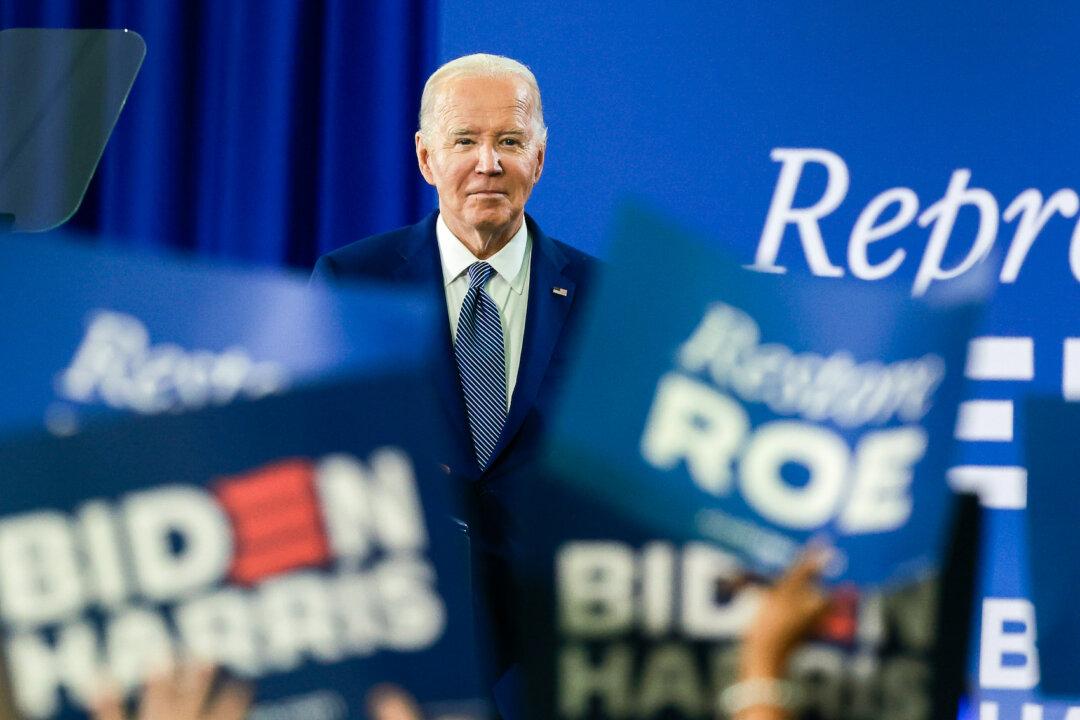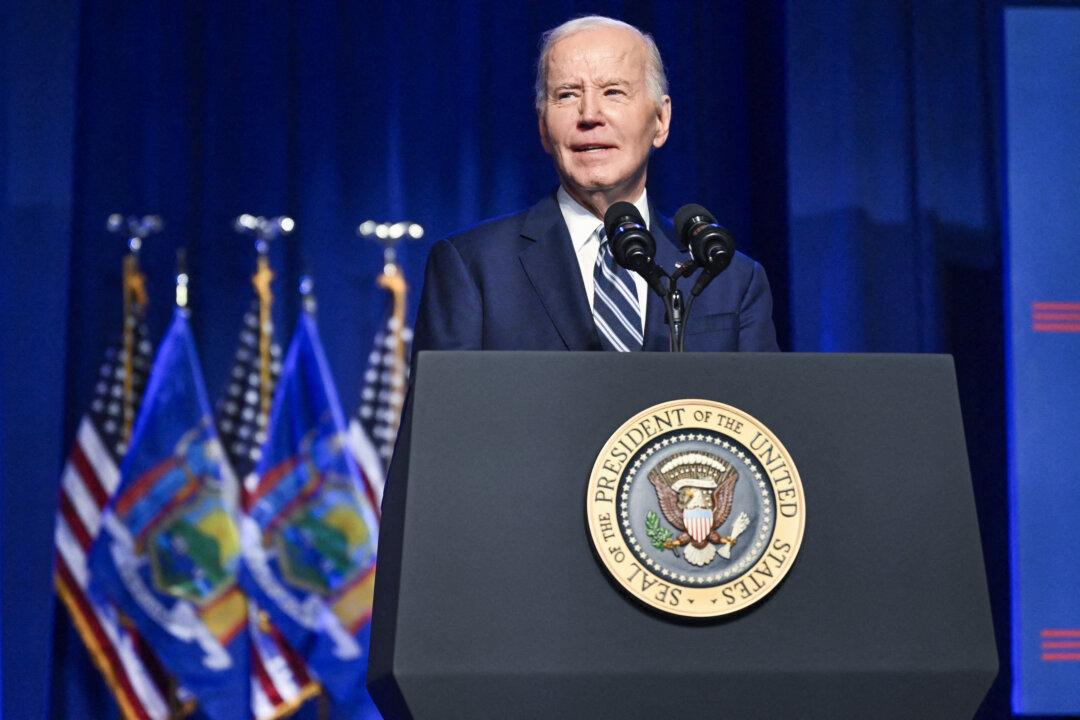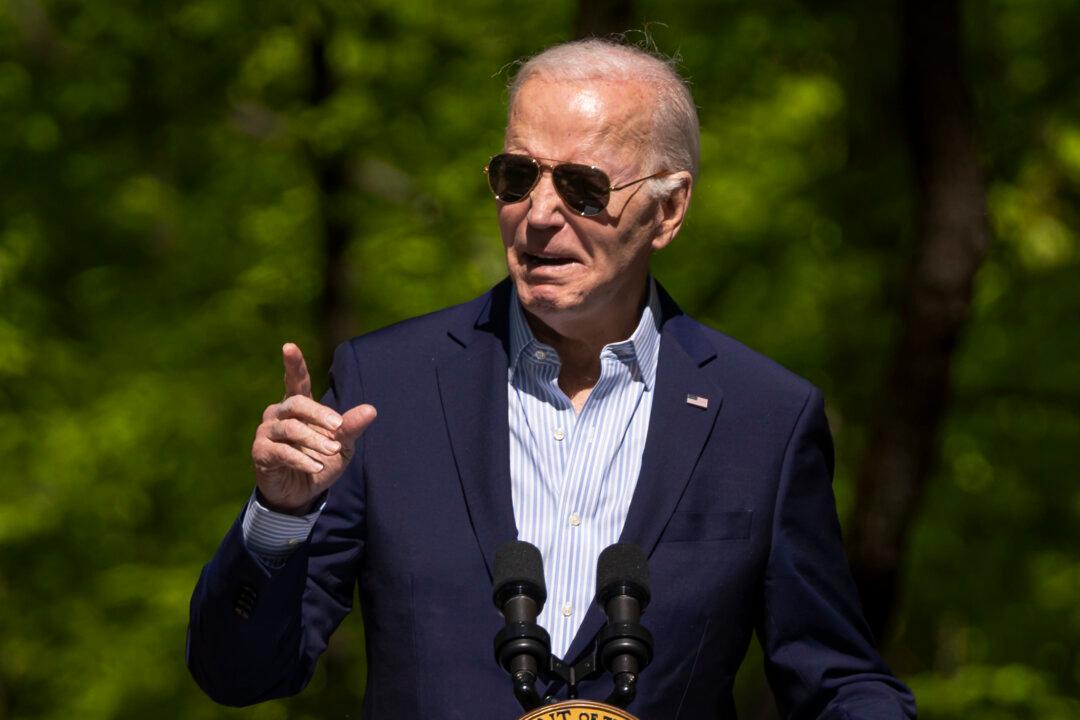WASHINGTON—Chinese officials are delivering on promises made during the G-20 summit in Argentina, a sign that the U.S.–China trade truce is bearing fruit. China bought U.S. soybeans for the first time since earlier this year when the trade war between Washington and Beijing escalated.
This is the first major purchase since President Donald Trump and Chinese leader Xi Jinping struck a 90-day agreement on Dec. 1, at the end of their bilateral meeting on the margins of the G-20 summit in Buenos Aires. As part of that deal, China promised to buy agricultural products, including soybeans, from U.S. farmers immediately.
“I do believe we'll see more sales to China over the near term,” said Joe Vaclavik, president of Standard Grain, a Tennessee-based commodity brokerage. He said China’s decision to buy U.S. soybeans is a step in the right direction, but “there’s still a lot of work that needs to be done.”
In July, China imposed a 25 percent tariff on U.S. soybeans. Sales of American supplies can’t be sustained unless China removes this tariff, according to Vaclavik.
“The purchases that were made this week were allegedly for state reserves, meaning that they are not subject to tariff. They were bought by the [Chinese] government, not by commercial grain buyers,” he added.
The American Soybean Association (ASA) welcomed the news of resumed sales.
China Making Concessions
Global markets were volatile at the start of the week, but calmed after media reports in recent days indicated that China has started to make concessions. Besides soybean purchases, Beijing has reportedly agreed to reduce tariffs on U.S. cars to 15 percent from 40 percent.The news first surfaced when the Wall Street Journal wrote, on Dec 11, that Treasury Secretary Steven Mnuchin and U.S. Trade Representative Robert Lighthizer had a phone conversation with Chinese Vice Premier Liu He on Dec. 10. The Chinese official confirmed the tariff cuts during that call, the report stated, citing sources familiar with the matter.
It isn’t clear when the changes would take effect, but Washington is pushing Beijing to make concessions as soon as possible, the report said. Trump told Reuters on Dec. 13 that he believed China would soon cut tariffs on U.S. autos to 15 percent.
On July 6, Beijing had increased levies on U.S.-made vehicles to 40 percent in retaliation for U.S. tariffs on Chinese goods.
As part of the agreement between Xi and Trump, China agreed to deliver structural reforms. During the meeting, both sides agreed to “immediately” begin talks on structural changes that Washington has been demanding for years. The White House says the structural reforms include ending China’s unfair trade policies and practices, with respect to “forced technology transfer, intellectual property protection, non-tariff barriers, cyber intrusions and cyber theft, services, and agriculture.”
The Chinese leader also agreed to purchase “a very substantial amount” of American goods, including agricultural, energy, industrial, and other products, in an effort to reduce the U.S. trade deficit with China.
In return, Trump has agreed to postpone the planned boost in tariffs on $200 billion worth of Chinese goods to 25 percent on Jan. 1. The tariffs will remain at 10 percent. If an agreement isn’t hammered out by the end of the 90-day period, the tariffs will be increased.





